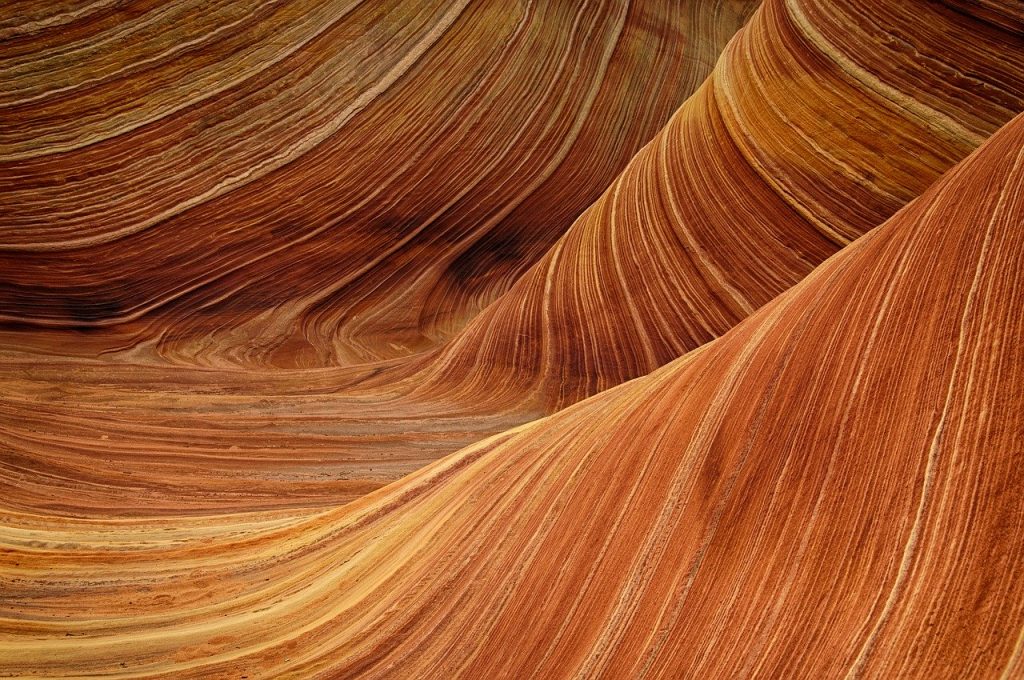Siliceous sandstone is a coarse- to fine-grained hard compact sandstone in which the cementing agent is precipitated quartz. It is often call quartzite by Egyptologists. There are two main areas in which siliceous sandstone was quarried by the ancient Egyptians, these are at Gebel Ahmar near Cairo, and on the west bank of the Nile opposite Aswan (see map). These sandstones vary considerably in both colour and texture. Colour maybe be light grey, yellowish, or various shades of red and brown. The grain size can range from fine-grained to coarse-grained, sometimes pebbly, and conglomerates are also sometimes observed. Photos of polished rock slabs obtained from various siliceous sandstone quarry sites used by the ancient Egyptians can be seen at the Ancient Egyptian Quarries website sections #1 and 3.
As a building material it was not used extensively; when used, it was as lining of burial chambers and as thresholds of doorways. However, it was employed extensively for other purposes, for example sarcophagi and statues usually of the yellowish brown variety during the Old Kingdom to New Kingdom periods (Lucas and Harris, 1962).
References
Lucas, A. & Harris, J.R. (1962) Ancient Egyptian materials and industries. E. Arnold, London, 523 p.
Links to examples of siliceous sandstone usage
a) Statues, statuettes, and busts
Old Kingdom period (early 4th Dynasty) painted siliceous sandstone statue of a standing man (height: 89.5 cm; Metropolitan Museum of Art, New York).
Old Kingdom period (4th Dynasty) painted siliceous sandstone head of King Djedefre from the 4th Dynasty (height: 26.5 cm, width: 28.8 cm, depth: 38.5 cm; Musée du Louvre , Paris).
New Kingdom block statue of Nedjem (middle of webpage)
New Kingdom statue of Nakhthorheb
New Kingdom period (18th Dynasty) sandstone head of a King Amenhotep II (?) (height: 21 cm, Musée du Louvre , Paris).
New Kingdom period (18th Dynasty) sandstone statue of the body of Nefertiti (?) (height: 29 cm, Musée du Louvre, Paris).
b) busts
Old Kingdom Head of King Djedefre
New Kingdom unfinished quartzite head of Nefertiti
c) sarcophagi
New Kingdom period (18th Dynasty) siliceous sandstone sarcophagus of Queen Hatshepsut, recut for King Thutmosis I, from Thebes, Valley of the Kings (height: 225 cm, width: 82 cm, depth: 87 cm; Boston Museum of Fine Arts).

